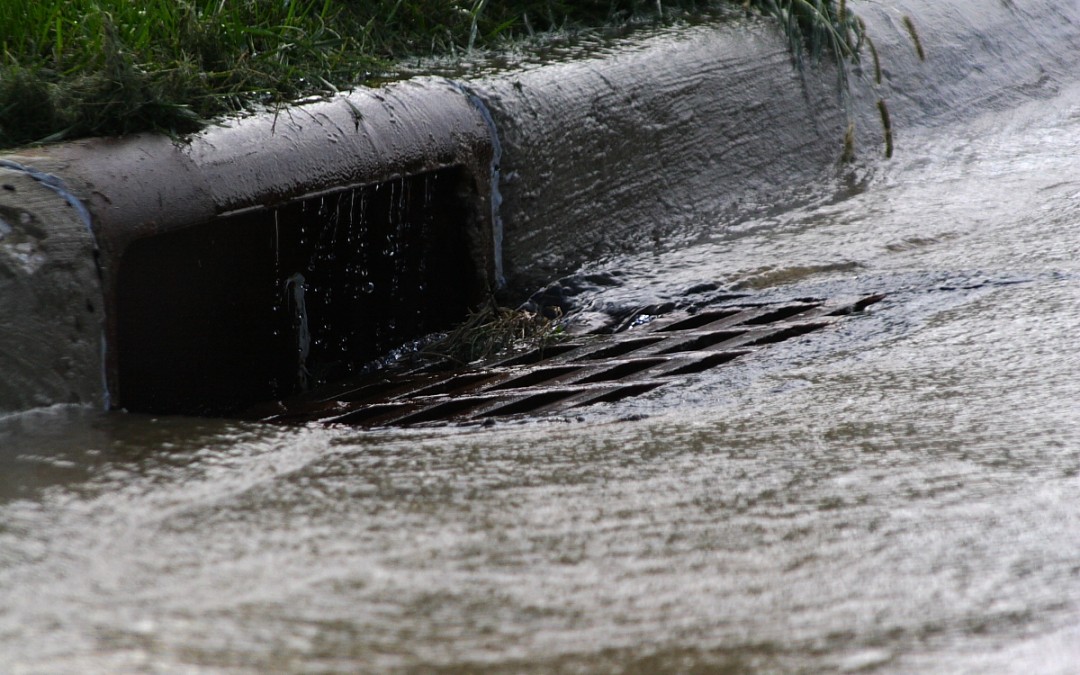At the March 25th Chehalis Basin Partnership meeting, Department of Ecology staff shared information about water quality status, regulations, and financial assistance options to reduce water pollution in the Chehalis Basin. Participants from basin cities, counties, towns, ports, the agricultural community and non-profits all received answers to their questions.
*What do we know about the state of the watershed? Dustin Bilhimer presented the results of about a year of water quality monitoring that has been occurring in the main stem of the Chehalis River and a few key tributaries as part of the work of the “Chehalis Strategy.” His presentation is available here.
*Have regulations been effective? Scott Collyard, Natural Resource Scientist at the Department of Ecology, presented information about some work being proposed for the Newaukum watershed. Scientists will work to answer the question of how effective clean-up plans have been by looking at the health of the rivers and streams. His presentation is available here.
*What is being done about non-point pollution from farms? Derek Rockett told the group about Ecology’s non-point pollution reduction strategy and collaborative approaches with farmers. He works closely with Conservation Districts to help farmers implement non-regulatory solutions to water pollution problems. He mentioned that 90% of the time he is able to offer technical assistance to farmers and doesn’t need to issue enforcement orders. His presentation is available here.
*What are some ways cities and counties can work to meet stormwater regulations? Rian Sallee, Municipal Stormwater Permit Manager answered questions from the audience. She mentioned that while there won’t likely be major changes in the next stormwater permit “reissuance” for Centralia and Aberdeen, Chehalis might start thinking about how to address potential stormwater requirements in future years.
*How can we get funding for water quality improvement projects? Jessica Schwing, Stormwater Grant Coordinator, provided some useful tips on how to find an apply for funding to implement water quality improvement projects. While most of the funding programs are targeted at “permitted” cities (in our watershed, these are Centralia and Aberdeen), some programs are open to counties, ports, and even non-profits. Since eligibility requirements change every year, Ms. Schwing encourages potential applicants to come to one of the Department of Ecology’s grant application workshops. Her presentation is available here.
During the meeting, a member asked if the bioswales, rain gardens, and other “low impact development” techniques being proposed by the Department of Ecology might end up creating a “point source” of pollution. Ms. Schwing answered that those systems are designed so that contaminants are at least kept out of the water, where they are even harder to remove. An article authored by the Sightline Institute provides evidence that many pollutants are removed or broken down in these gardens, or at least kept at levels below safety standards. See: “Are rain gardens mini toxic clean-up sites?”

